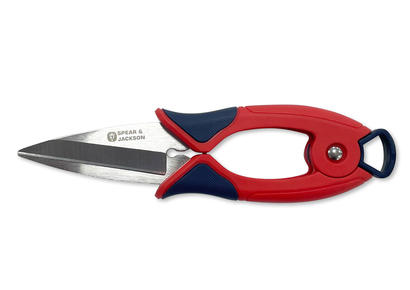
The garden in December

Winter is well and truly here once December arrives. The outdoors can feel gloomy and uninviting.
Don’t be disheartened though – there are jobs to be done in your garden, mostly revolving around checking on your plot. We’re also going to share with you another fantastic plant that’ll draw you out of the house, even if just for a short while.
Plant of the month: Sarcococca confusa
Quite rightly known as “sweet box”, this evergreen bears small white flowers through winter. It’s not how they look that appeals though. Their heady scent is what will keep you coming back for more. Sarcococca is perfect for shady spots or woodland schemes. You will want to plant it somewhere you’ll pass regularly, to drink in its perfume as often as possible.
The flower garden
- The only sowing to be done this month is alpine seeds. They need a cold spell to germinate in spring, so leave the tray or pot outdoors, covered with a glass or Perspex sheet
- Alpine troughs need to be sheltered somehow to protect against heavy rain and falling leaves. It’s the wet that kills alpine plants, not the cold
- Regularly double-check winter protection around tender plants is still in position
- If you have a pond, float a tennis ball to help prevent freezing over. If the water does freeze, don’t crack the ice; instead use the base of a hot pan until it melts through
The edible garden
- Use bypass secateurs to prune autumn raspberries and currant bushes now
- Dig over empty beds and incorporate some sort of soil improver – though don’t forget to clean your spade afterwards
- Clean your used bamboo canes and plant pots ahead of next spring
Project of the month: Taking hardwood cuttings
While you might be unable to sow seeds at this time of year, you can still propagate in other ways. One such option is root cuttings of things like oriental poppies and lilacs. Another method is hardwood cuttings, and it’s a doddle. What’s even better, is that many trees and shrubs lend themselves to it. Examples include buddleja, dogwoods, honeysuckle, holly, mock orange, roses and willow. For the fruit and veg enthusiast, currants are also particularly easy to propagate this way.
You work at this time of year when most plants are dormant. Hardwood cuttings are slow to form roots, but much more likely to succeed than other cuttings. This is because their woody form loses moisture more slowly.
Cut vigorous shoots produced in the last few months. These need to be between 15 and 30cm in length; longer cuttings can be shortened into segments. Make a sloping cut at the top of the segment, just above a bud or pair of buds. Make a straight cut at the bottom, just below a bud or pair. Dip the bottom in hormone rooting powder if desired, then either bury two-thirds of its length in outdoor ground or indoors in a pot of gritty compost.


